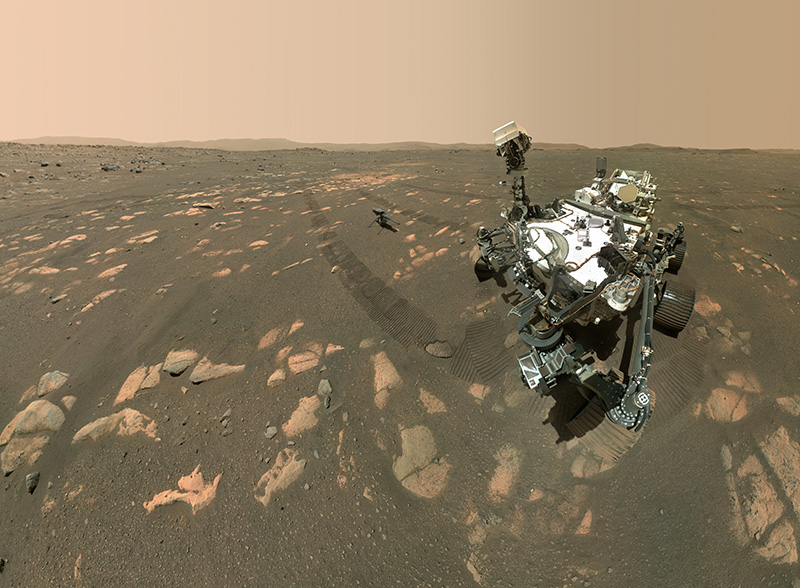Humans have set foot on the moon, they have conquered Mount Everest and they have descended to the bottom of the Mariana Trench in the South Pacific Ocean…but no human has yet to venture onto the desert-like landscape of Mars. So far, this mission accomplishment has been left to spacecraft and robots.
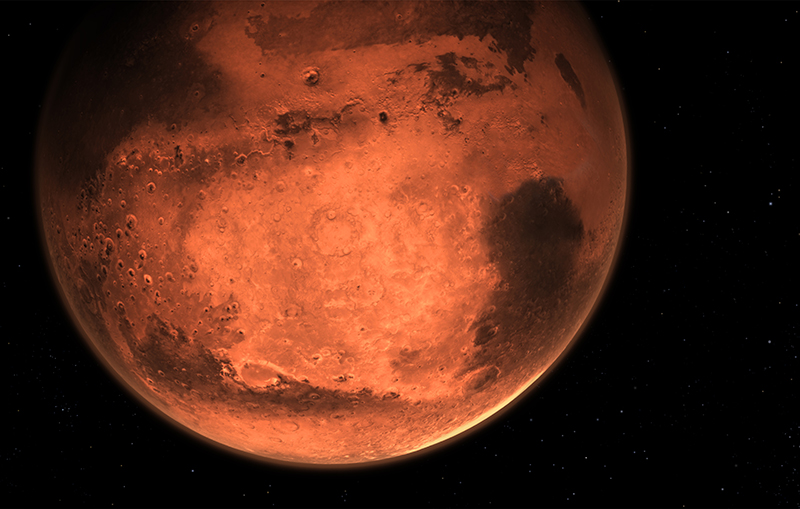
NASA’s Mars 2020 and China’s Tianwen-1 were both launched in a July 2020 “window”, optimized for the duration of travel to the red planet and a propitious arrival, much like ships waiting for a high tide before sailing. Mars 2020’s rover Perseverance (nicknamed “Percy”)successfully landed, in the Jezero Crater on 18 February 2021, at a location since renamed “Octavia E. Butler Landing” after the renowned African American science fiction author.
Tianwen-1’s lander and rover are in orbit around Mars and China expects its five-ton spacecraft to land on Mars in the next month or so. Both countries have exhibited remarkable ingenuity in their quest for knowledge about the second or third (depending on interplanetary orbital timing) closest planet to Earth.
-

NASA’s Perseverance Mars rover took a selfie with the Ingenuity helicopter, seen here about 13 feet (3.9 meters) from the rover in this image taken April 6, 2021, the 46th Martian day, or sol, of the mission by the WATSON.
Speaking of ingenuity, Perseverance evolved over the course of some thirty years and was preceded by a number of other US robotic vehicles, or “rovers”…including Sojourner, Spirit, Opportunity and Curiosity. A Mars rover is essentially a solar or battery-powered vehicle that detaches from a “mother ship” and rumbles across the surface of Mars upon arrival.
Perseverance also gets a little help from an innovative robotic helicopter named Ingenuity. This helicopter is about the size and weight of a small drone and light enough to generate lift (flight capability) in Mars’s rarified atmosphere.
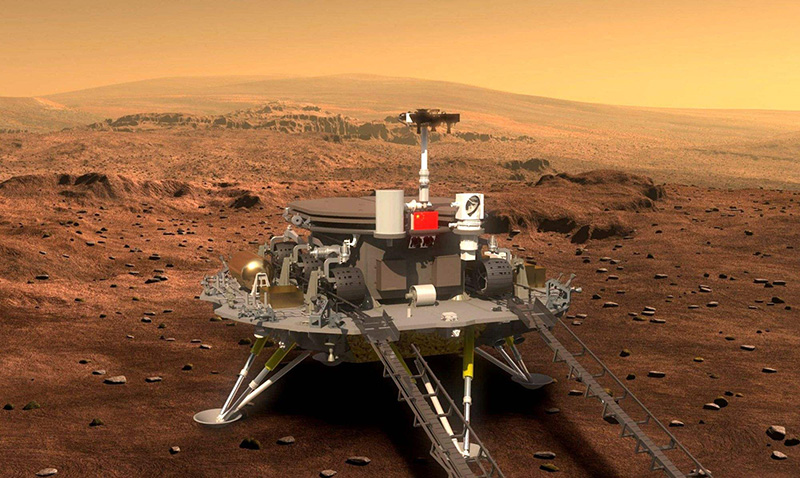
Some notable Mars visitors
Curiosity is still parked on Mars, ticking away after its successful landing in 2012. The roverremains operational as of April 2021 and it has been on Mars for 3,034 “sols” (3,117 Earth days) since landing on the 6th of August, 2012. Note; a “sol” is the apparent interval between two successive returns of the Sun to the same meridian (sundial time) as seen by an observer on Mars and is slightly longer than an earth day.
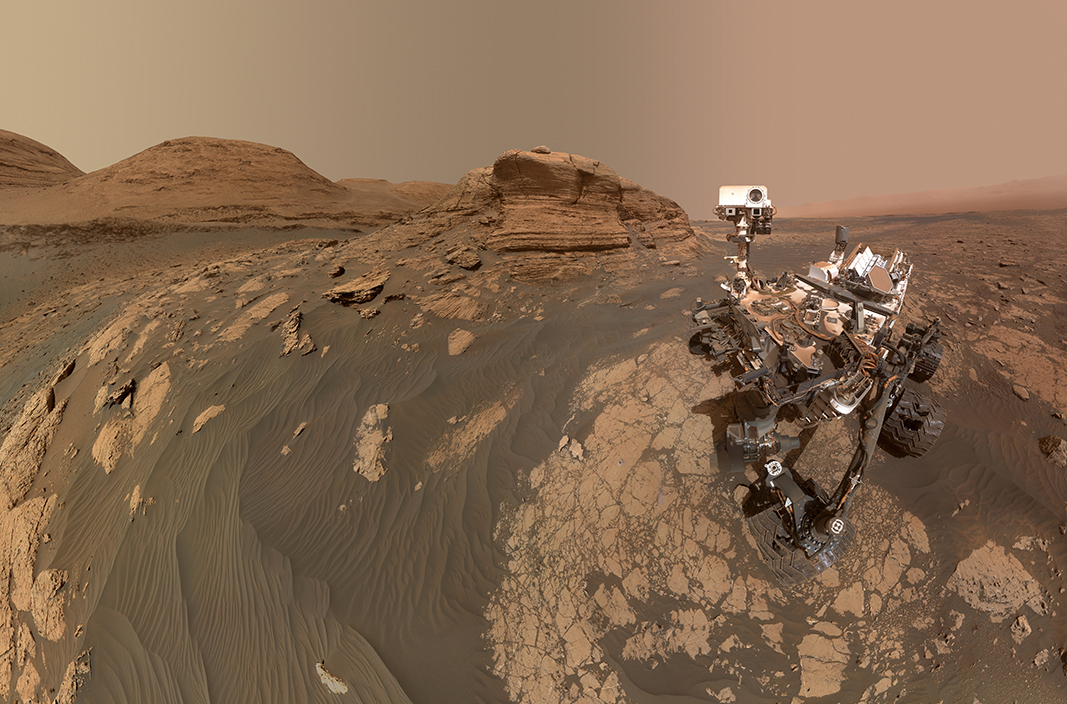
Mars Pathfinder was a U.S. spacecraft that landed at a base station on Mars with a roving probe on July 4, 1997. It consisted of a lander and a small 10.6 kilograms (23 pound) wheeled robotic rover named Sojourner, which was the first rover to operate on the seemingly bleak surface of Mars. Sojourner met its demise after a wheel got stuck in Martian sand during a search operation (similar to a car suffering a broken axle in the Trans-Saharan Rally, en route to Banjul in the Gambia).
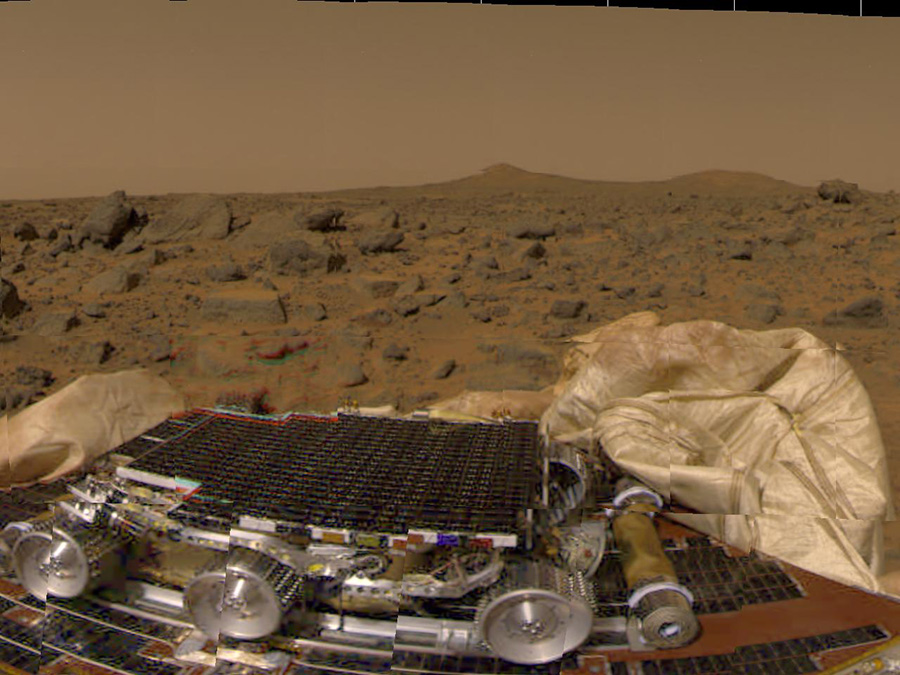
Opportunity (known as “Oppy”), the longest-lived roving robot ever sent to another planet, explored the red plains of Mars for more than fourteen years, sending back images and revealing astonishing glimpses into its distant past, before finally expiring after this last staccato message “my battery is low and it’s getting dark” …an ominous “Star Wars” style goodbye, indeed.
Oppy was designed to last 90 sols (Martian days) and it lasted for 5,352 sols…almost sixty times the anticipated lifespan. A fruit fly would be so fortunate.
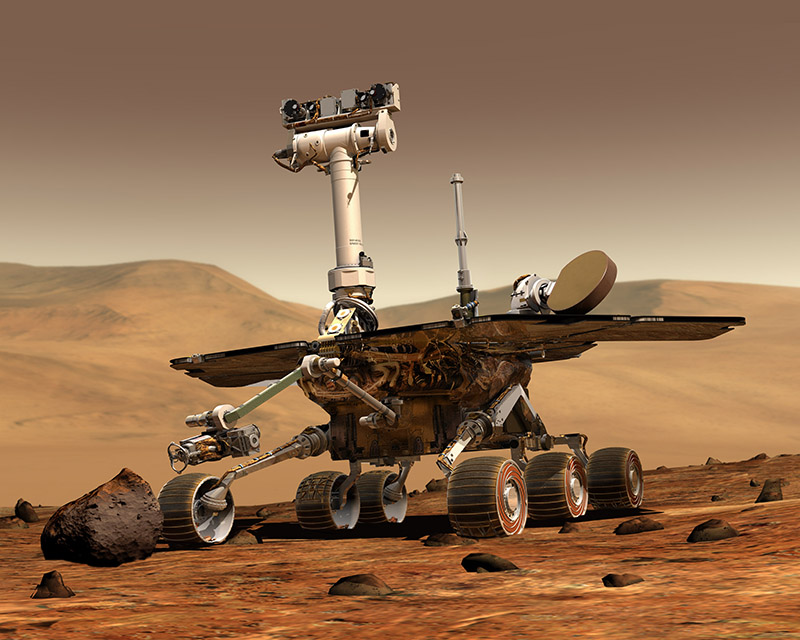
The Metrics
The Perseverance journey to Mars took about seven months and traversed some three hundred million miles (four hundred and eighty million kilometers) of our near-planetary system. During that journey, NASA engineers utilized the travel time to adjust the spacecraft’s flight path, ensuring that its speed and direction were optimized for arrival at Jezero Crater on Mars. This crater is thought to be an ancient, impact-derived, lakebed with evidence of rich sedimentary deposits, indicating past presence of water, (essential for life support, at least on Earth).
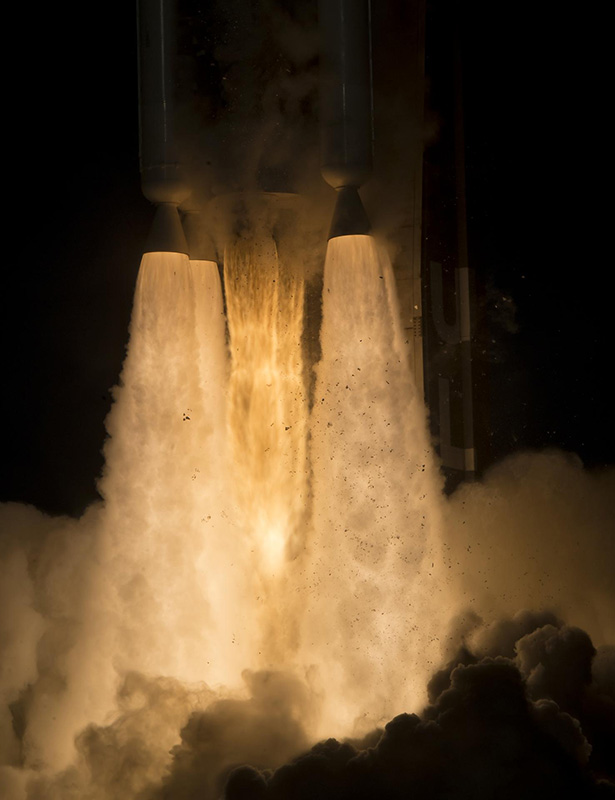
For those who are curious about the size of Perseverance, the outside dimensions are similar to those of a small car and it weighs about the same. However, the engine is like no other car on the road, not even a Tesla. Perseverance is powered by a “Multi-Mission Radio Isotope Thermoelectric Generator”…(phew! MMRTG for short). This remarkable and unique power source converts heat from the radioactive decay of plutonium into electricity. So, we’re not sure if the “green lobby” environmentalists back here on Earth would approve.
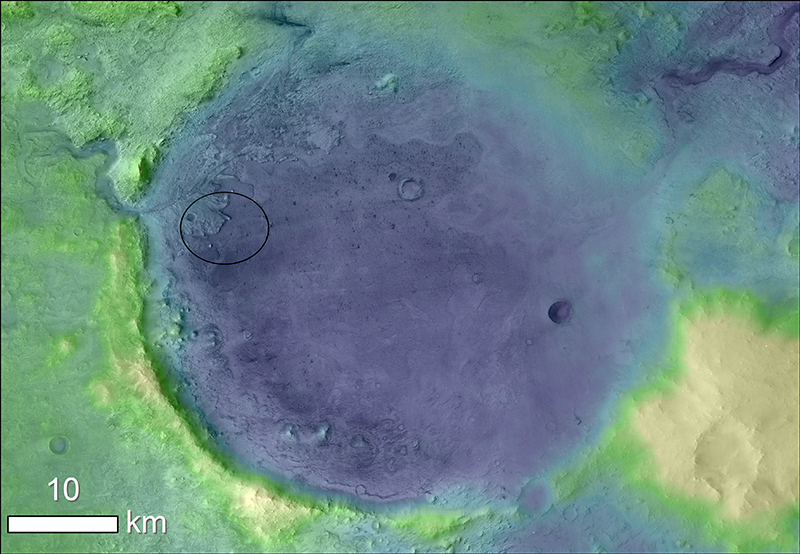
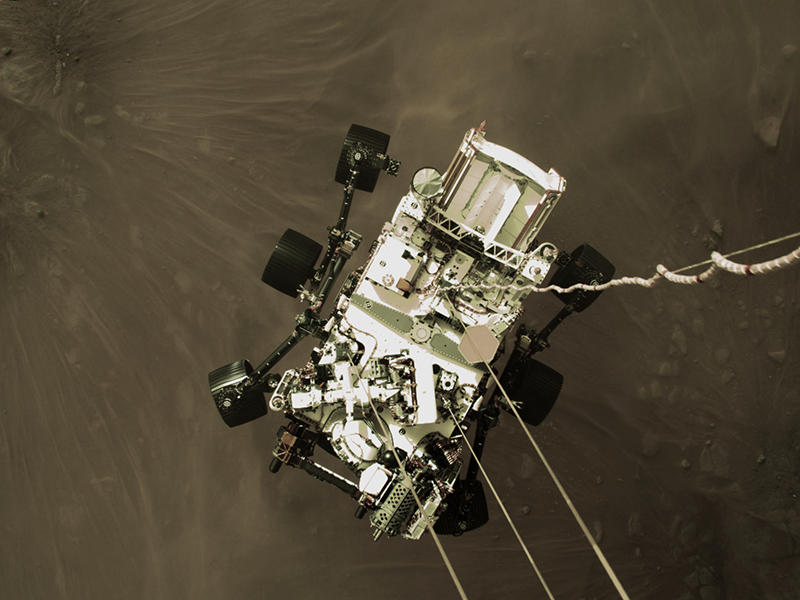
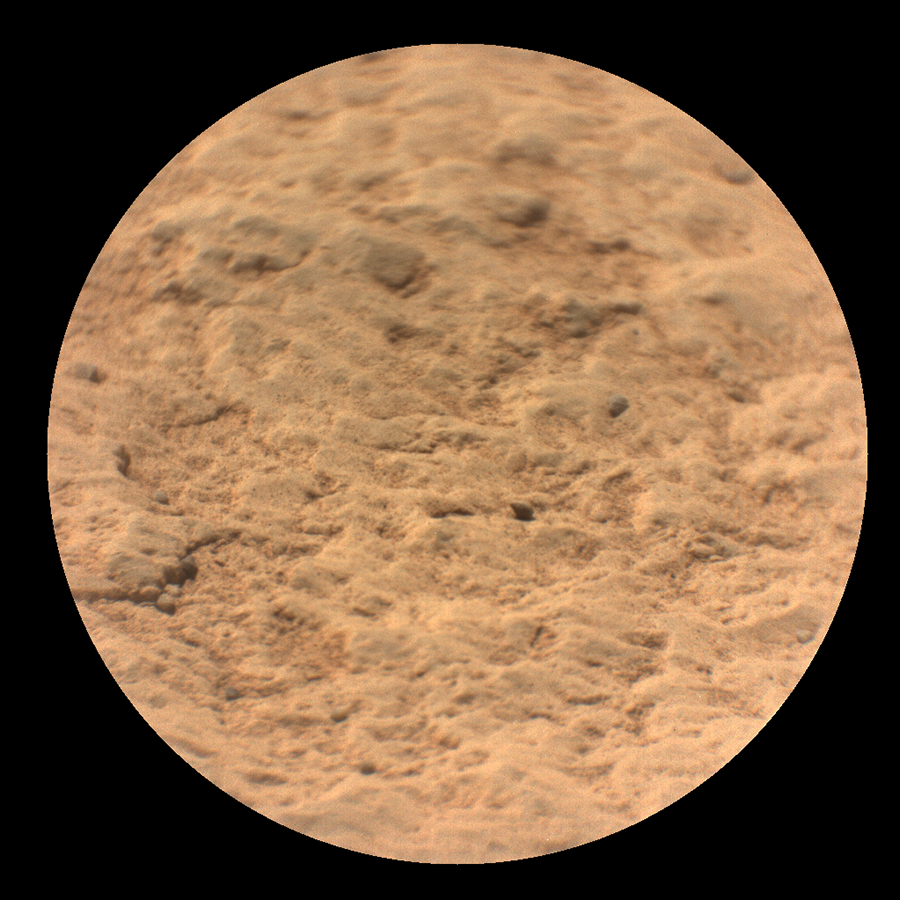
instrument on NASA’s Perseverance Mars rover.
The Next Visitors…Humans
Humankind on Mars? How to get there and equally challenging, how to live there?
Somewhat ironically and much like on Earth today, there will probably be plenty of plastic geodesic bubbles and social spacing…it seems that the world’s population is getting lots of practice prior to the giant leap.
Did we also mention that the Red Planet’s gravity is lower (about one-third that of Earth’s) and its atmosphere is just 1% the density of Earth’s.
Mars is also cold and dry and the thin atmosphere exposes the Martian surface to harmful levels of cosmic radiation (ask any airline pilot about the ravages of various bodily ailments, such as basal cell carcinomas, after a career spent at thirty-five thousand feet above sea level). This hostile environment presents a multitude of challenges. However, billions of years ago, the planet appears to have been wetter, with a denser atmosphere. Multiple clues to the existence of moisture, such as the presence of mudstones and sedimentary bands, show that there was once liquid water on the surface of Mars.
The geologists and space scientists have conjectured that there may be water trapped deep under the Martian surface. This would be welcome news if there are to be any “spelunkers” (water cave explorers) among the future settlers.

Getting There
So now that we’ve confirmed that the trip to Mars will take around seven months, as opposed to the current three-day jaunt to the moon, how will our Martian settlers survive this epic voyage?
Channeling such great sci-fi writers and seers such as Ray Bradbury and Carl Sagan, we envision a capsule the size of the average day-to-day Space Station (no Star Trek Enterprise extravagance on this trip). This means that the “settlers” will probably need some distractions after the requisite stargazing and periodic reports back to Houston or Cape Canaveral are completed…perhaps a helmet-mounted continuous video loop of Space Odyssey or a boom box blasting David Bowie’s Space Oddity?
Of course, there’s also the option to put the entire seven months long voyage on autopilot and slip the capsule occupants into an induced coma or some mild form of suspended animation. The pharmaceutical world is also evolving at a rapid pace, so why not?
The superlative descriptions are endless….Herculean effort…gargantuan task…epic journey…fearless voyagers…Somehow, there must be a higher purpose for these interplanetary mission?
Perhaps the world’s superpowers could settle their differences on Mars and leave Earth to peacefully slide into the next ice age, or whatever our climatic (climactic?) future holds.
